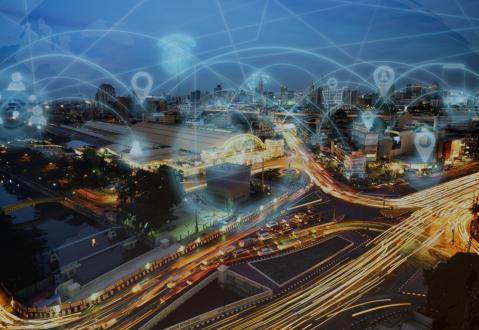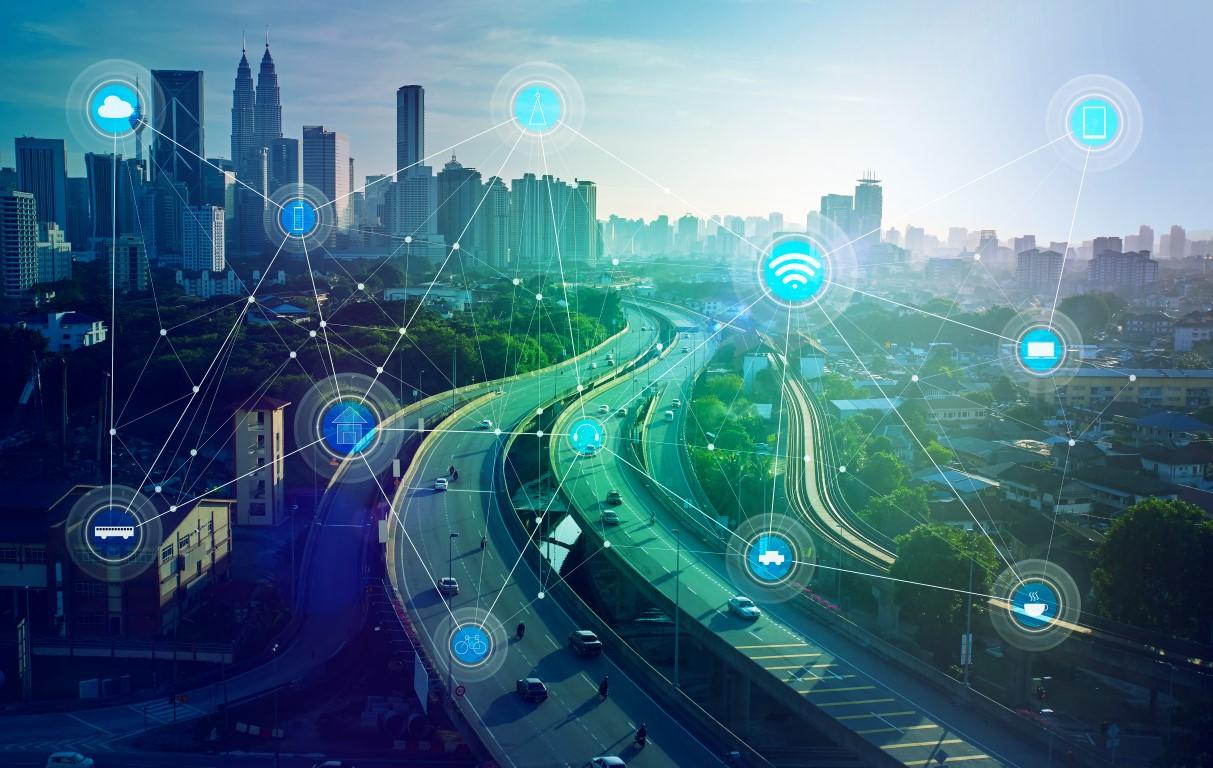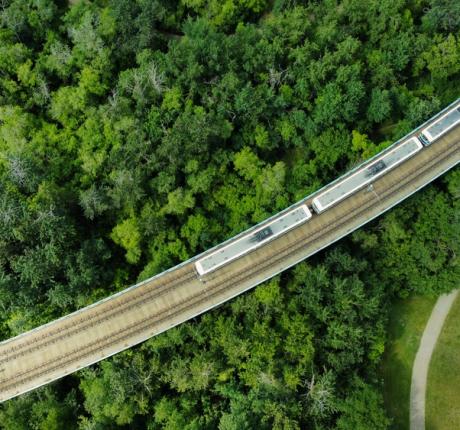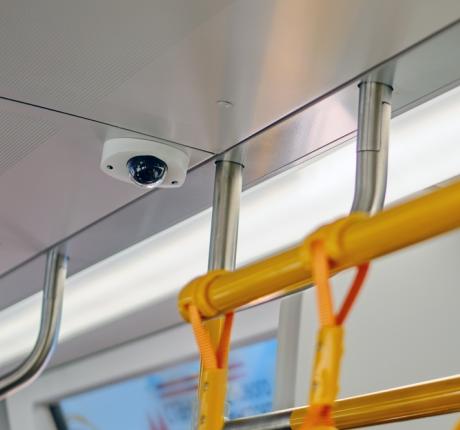
Connected Vehicles in Smart Cities
The move to cities for much of the world’s population is an inevitability with 70% global urbanisation by 2050. For example Congo’s capital Kinshasa has gone from 200,000 residents to more than 16 million. Although much of Europe is constrained by its Medieval past no such restrictions exist in parts of Asia with Delhi growing at a rate of 79 people per hour, Shanghai at 53 per hour and Mumbai at 51. The time of a 50 million person city is not far away.
Stay up-to-date! Subscribe to our news today.
Smart cities for efficiency
To ensure a decent quality of life in these new conurbations they must become ‘Smart’ or be built ‘Smart’ and that includes the transportation. India is planning to build one hundred smart cities in the next few years, designed to accommodate several million people, a necessity in a country where the population is set to reach 1.7 billion by 2050. To ensure their efficiency they will all be fully digitally integrated.

Connected vehicles
It is now thought likely that the car will go the way of the horse and evolve from being a means of daily transport and a beast of burden to a luxury leisure purchase, used at weekends and on special occasions. Inner city mobility will be via a fully integrated demand led public network with vehicles constantly monitored to ensure their reliability, safety and the comfort of the passenger.
The vehicles of this network will be more than simple movement providers, transportation will become our new offices and our new social centres with work spaces, entertainment and on-line access. Trains, trams and buses plus the ‘last mile’ personal vehicle will all be linked with integrated travel planning options available to the population. This city population movement utopia will of course only work with reliability, an assurance for the people that what they want will be available when they want it.
Constant overview
Traditional methods of systems maintenance will no longer be adequate. Future vehicles will fully embrace Condition Based Maintenance as part of their initial design and operation. Time and distance based parameters for servicing will be obsolete as operators will wish to maximise their component life through regular and constant overview of the fleet parameters and be in a position to accurately predict future maintenance and service operations. People, equipment and parts will all be pre-positioned to ensure minimum down time of the asset and its fast return to service
This design of city does of course have environmental consequences and the power requirements of these transportation systems will be substantial however a fully renewable powered city is eminently possible. In 2015 Burlington, Vermont in the USA became the first city to announce it was running totally on renewable power. In the Netherlands since January 2017 all the electric trains are now powered by wind energy and new developments in train technology will make a contribution. Already in Australia a fully solar powered train has begun operations and testing has begun in Europe on a series of rail mounted solar panels that will provide all the electricity needed for operations on that line.
New technologies, new realities and new thinking will revolutionise how we live in the future with integrated transport at the heart of it.



